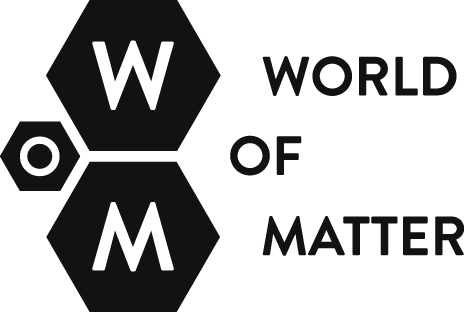BTC Construction corridor
Artist/Author: Ursula Biemann
The new oil and gas pipelines are part of a larger plan encompassing an integrated transportation network linking Europe through the Black Sea and the Caucasus across the Caspian with Central Asia. Strongly supported by the European Union, it includes pipelines, highways, railroads, ports, ferries, fiber-optics and electricity transmission lines. The numerous conduits and fibers running horizontally through the region are a perfect reflection of the transitory moment of the area and its historical importance as a passage, the flow of crude oil, electricity and data determines this cartography of transit.
Black Sea Files concentrates on the largest of the Transcaucasian development projects: the Baku-Tblisi-Ceyhan (BTC) oil pipeline, the first giant oil project in the 21st century. The BTC connects the landlocked Caspian Basin to the World Sea System. Estimations over the hydrocarbon reserves vary greatly, but they all agree that it is a worthwhile project since the five Caspian states together may hold well over 200 billion barrels of oil, in comparison to the 800 billion of the cartel of Oil Producing and Exporting Countries (OPEC). As BP’s head of exploration and production said, “the pipeline is opening up a new hydrocarbon province.” To be in control over Caspian energy flows is crucial for the overall plan to diversify energy sources and ease reliance of the west on OPEC. To preclude corporate territorial battles over the new Caspian oil, 12 major oil companies came together and formed the Azerbaijan Oil Consortium (AOC) in 1994 to explore oil deposits and organize their evacuation. For the main export route for Caspian oil various shorter and topographically far easier trajectories were under consideration: Via Iran to the Gulf or via Russia to Black Sea ports. But the consortium finally opted for a route which explicitly circumvents the two regional giants and brings the Caspian resources firmly under Western control.
The BTC pipeline, AOC’s most important project, is a predominantly European project with BP acting as project operator and owner of the largest junk of shares, 30%, and a number of other European oil companies totaling 19%. Azerbaijan’s SOCAR and the Turkish TPAO add up to 31%, followed by US 14%, and Japanese oil companies 6%. This is explained by the immediate proximity of the region to Europe and the fact that the Caspian crude piped via BTC will reach mainly European consumer markets.
When in full flow, the capacity of BTC is a million barrels of crude. A novelty in pipelines projects of this scale is the fact that the whole extent of the 1’760 km long infrastructure will be buried underground. Petroleum has become a strategically invisible commodity. Only at the moment of construction then are the material processes noticeable. Later, the scraped and dug up topography will return to its rural, disconnected condition while high-tech subterranean infrastructures silently and invisibly pump energy to western market. All you will see then are the mileposts measuring the landscape.


